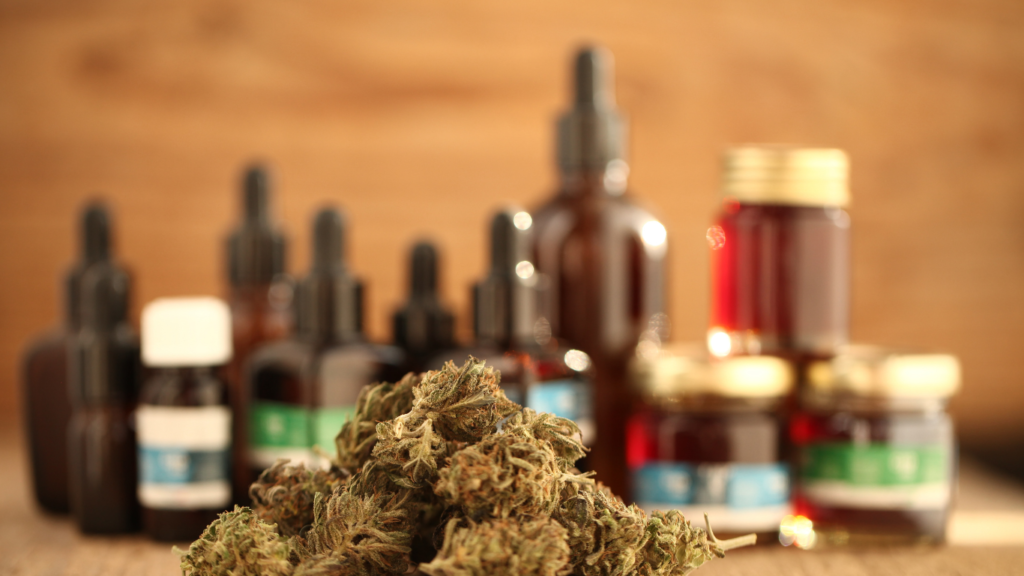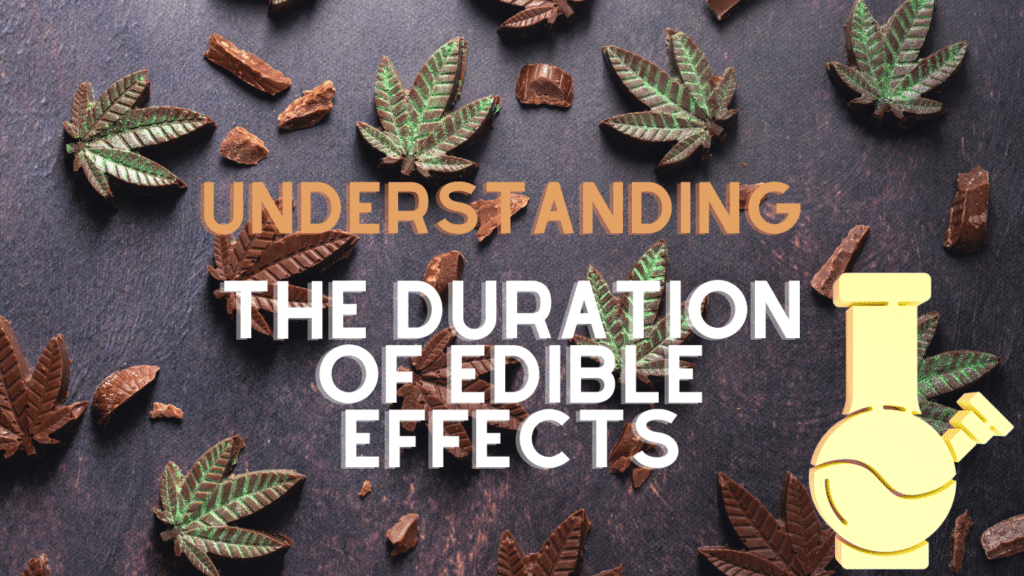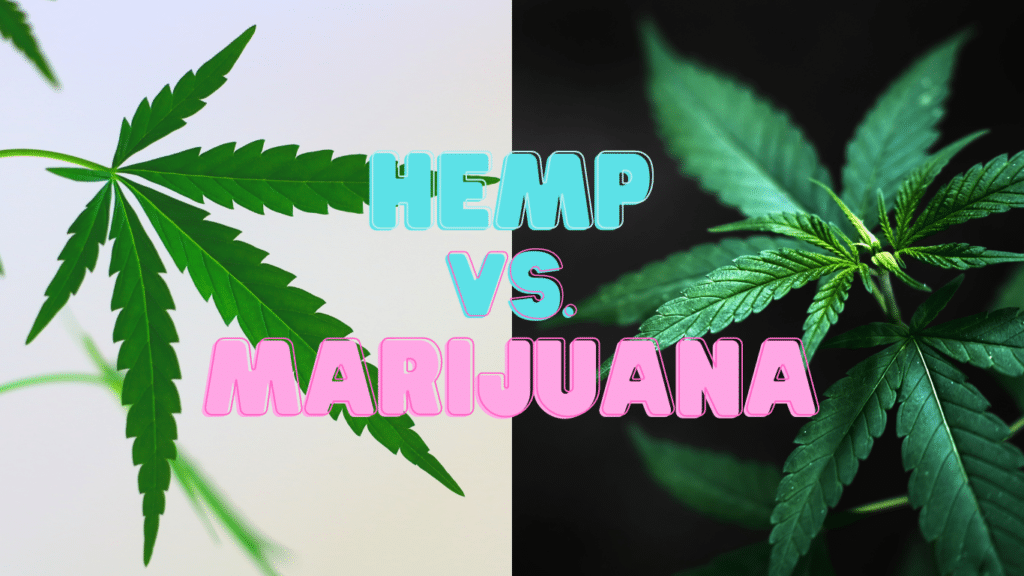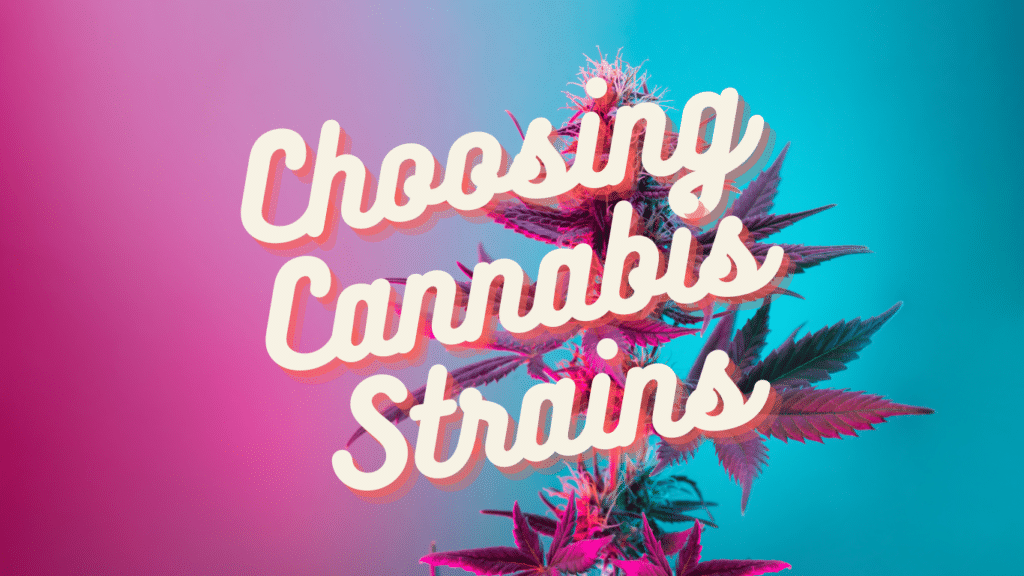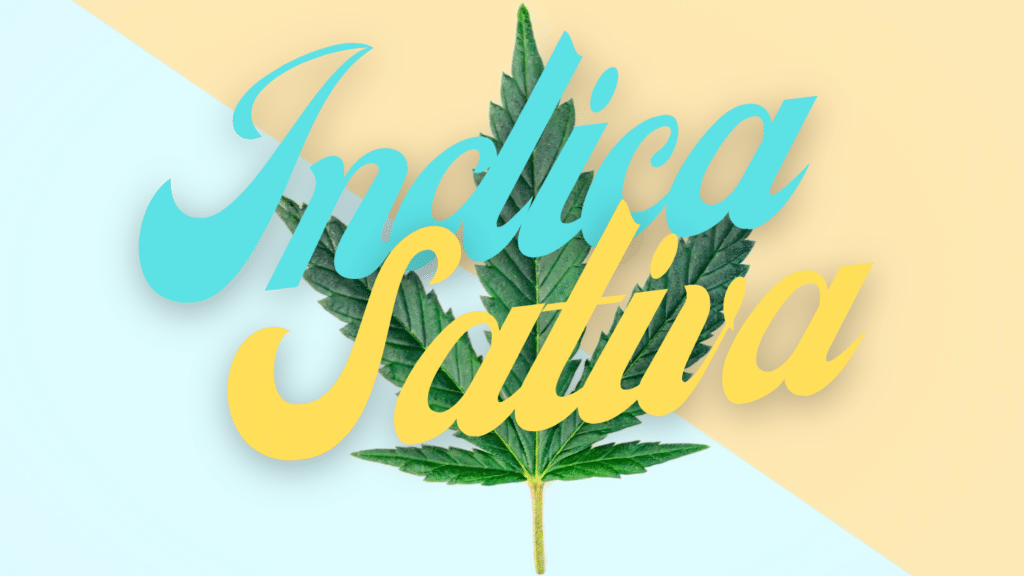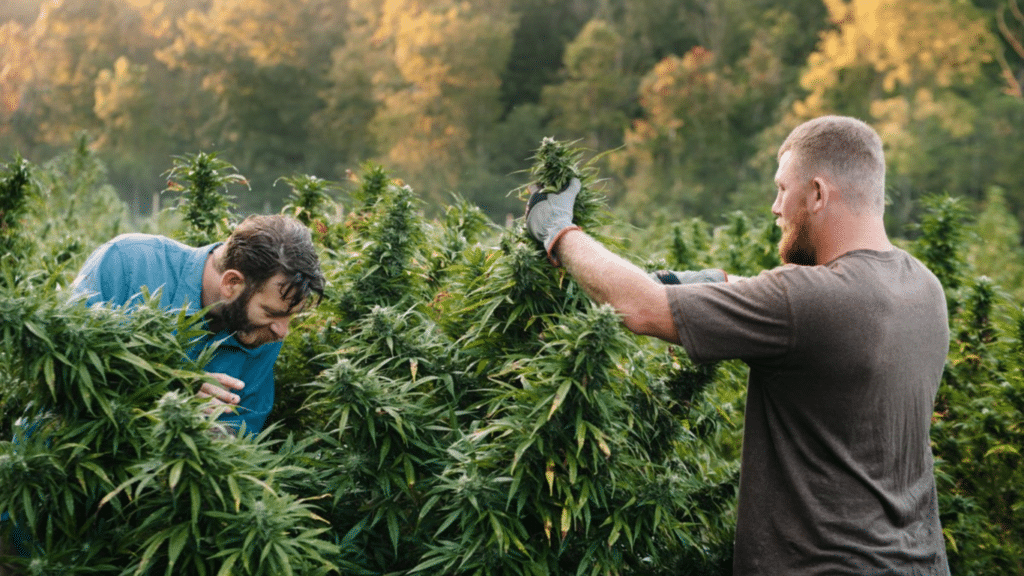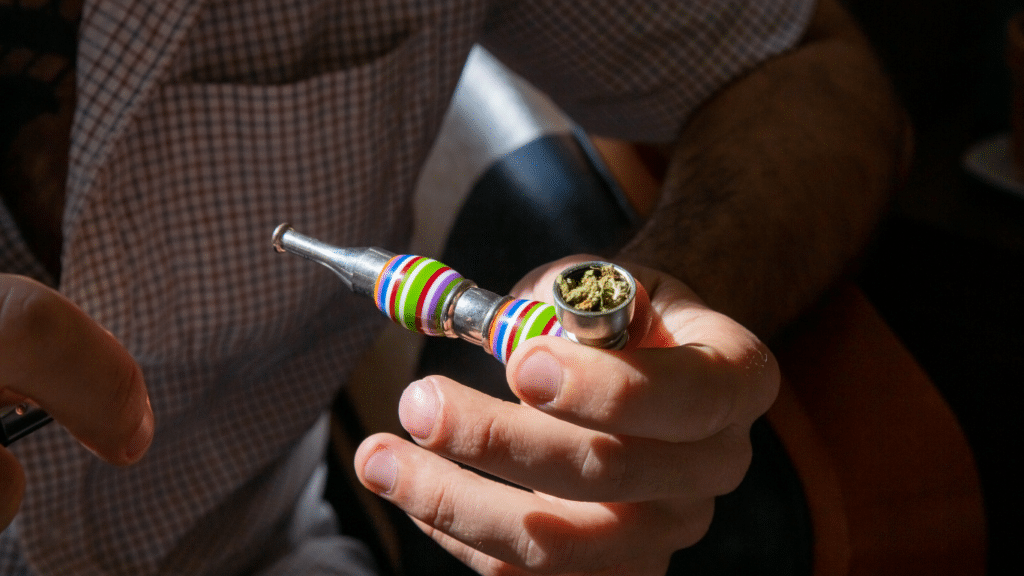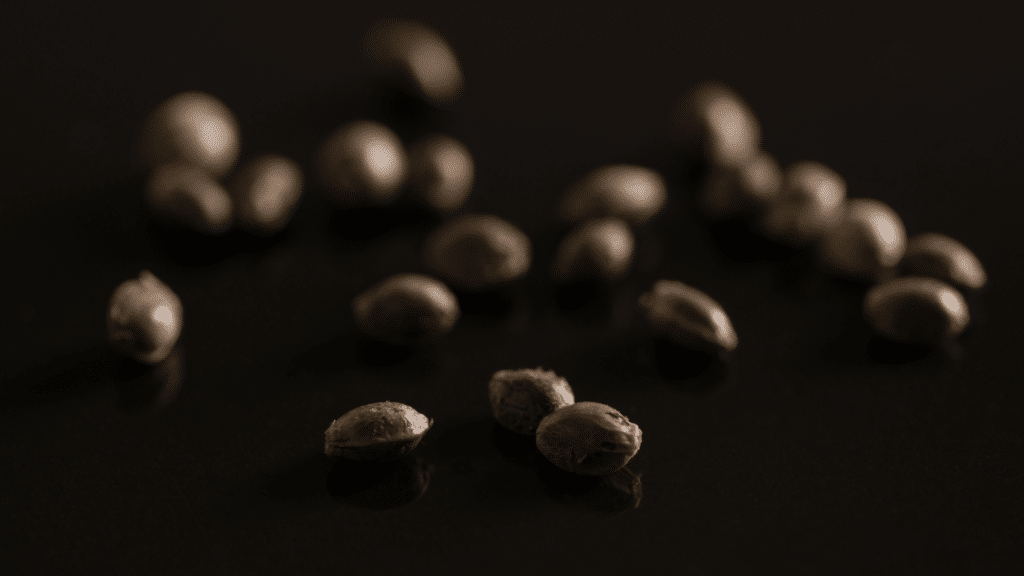Introduction
Cannabis, also known as marijuana, has been consumed by humans for thousands of years for its psychoactive effects. It’s a highly debated topic, with some people advocating for its potential benefits, while others caution against its possible dangers. This article will explore what it feels like to be high, delving into the science behind the sensation and examining personal experiences from real people. We’ll also look at the factors that affect a cannabis high and summarize the key takeaways.
What Science Says About How Weed Makes Us Feel
Cannabis contains over 100 different compounds called cannabinoids, with the most well-known being delta-9-tetrahydrocannabinol (THC) and cannabidiol (CBD). THC is responsible for the psychoactive effects, or the “high,” that users experience. When THC enters the bloodstream, it binds to cannabinoid receptors in the brain, specifically the CB1 receptors. This interaction influences the release of neurotransmitters like dopamine and serotonin, which can lead to feelings of euphoria, relaxation, and altered perceptions.
CBD, on the other hand, is non-psychoactive and is known for its potential therapeutic benefits. It can counteract some of THC’s effects, leading to a more balanced high.
Real People Talk About How Being High Feels
Everyone’s experience with cannabis is unique, but there are some common themes that emerge when people describe their highs. Here are some descriptions from real people:
- Euphoria: Many users report feeling happy, uplifted, and more content with the world around them. This sensation can be mild or intense, depending on the person and the specific strain of cannabis used.
- Relaxation: A common effect of cannabis is a sense of relaxation or calm. Users often feel less stressed, more at ease, and their muscles may feel less tense.
- Heightened senses: Some people experience heightened senses when high. Colors may appear more vibrant, music may sound richer, and tastes and smells might be more intense.
- Altered perception of time: Many users report a distorted sense of time when they’re high, with minutes feeling like hours or vice versa.
- Creativity and introspection: Cannabis can inspire creativity, deep thinking, and introspection in some users, leading to new ideas or insights about themselves and the world around them.
Factors That Affect a Cannabis High
Several factors influence the type and intensity of a cannabis high, including:
- Strain: Different strains of cannabis have varying levels of THC and CBD, which can affect the overall experience. Sativa strains typically produce a more energetic, uplifting high, while indica strains are known for their relaxing, sedative effects.
- Potency: The amount of THC in a cannabis product directly affects the intensity of the high. Products with higher THC levels tend to produce stronger effects.
- Tolerance: Regular cannabis users may develop a tolerance, requiring more of the substance to achieve the desired effects.
- Method of consumption: Smoking, vaping, edibles, and tinctures all have different onset times and durations, which can influence the experience.
- Individual factors: A person’s physiology, mood, and mindset can all impact how they experience a high.
Bottom Line
The sensation of being high varies from person to person and depends on multiple factors, including the strain, potency, method of consumption, and individual characteristics. While science helps us understand the general mechanics behind the cannabis high, personal experiences reveal the diverse range of feelings and perceptions it can induce. As with any substance, it’s crucial to consume responsibly and be aware of the potential risks associated with cannabis use.

